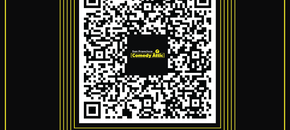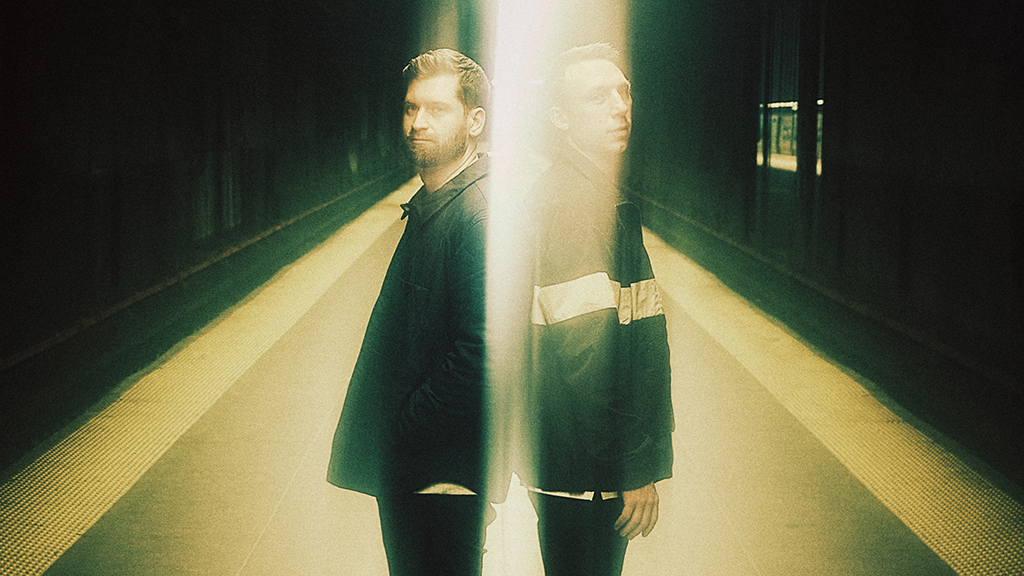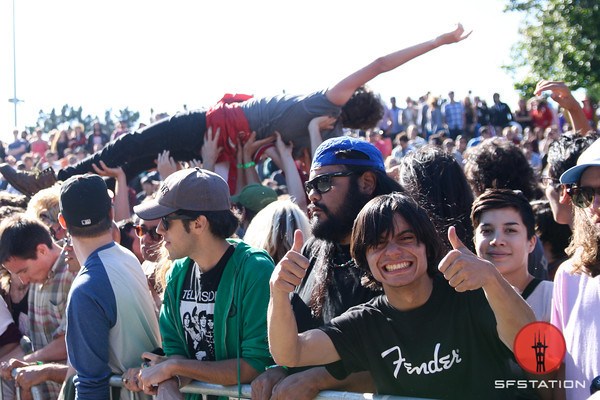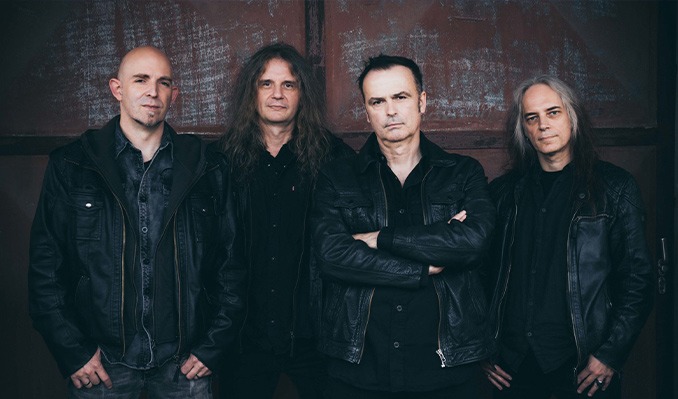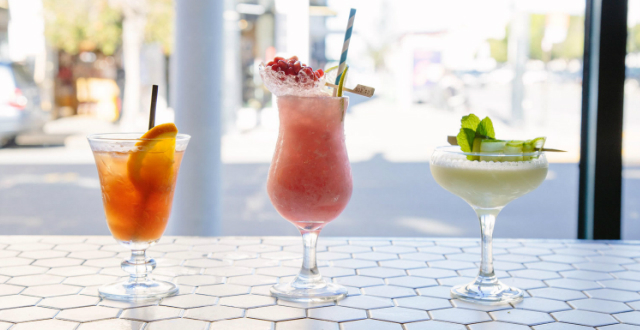Celebrate Chinese New Year with Dim Sum
 According to the lunar calendar, 2012 is the Year of the Dragon, the luckiest year in the Chinese Zodiac. China’s initial festivities last 7 consecutive days, due to a combination of public holidays: the Lunar New Year Day, followed by the Spring Festival Golden Week. The celebrations culminate with the Lantern Festival in February.
According to the lunar calendar, 2012 is the Year of the Dragon, the luckiest year in the Chinese Zodiac. China’s initial festivities last 7 consecutive days, due to a combination of public holidays: the Lunar New Year Day, followed by the Spring Festival Golden Week. The celebrations culminate with the Lantern Festival in February.
See fellow Yum blogger Joanne Boston’s post for her recommendations for lucky new year dishes, Chinese banquets and local scheduled events.
Several other countries also celebrate Chinese New Year as a federally mandated public holiday. Singapore and Malaysia get 2 days off, South Korea and Hong Kong have 3 days off, and Taiwan leads the way with 5 days. The Philippines is the latest country to join this group, 2012 is the first year this day is celebrated as a public non-working holiday. Cambodia and Thailand shifted their lunar new year’s celebrations long ago, to accommodate the harvest schedule. So although the event’s date is observed, the official public holiday happens in mid April, for 3 consecutive days. Those festivities have a stronger religious aspect.
In San Francisco, Chinese New Year is an official holiday for SFUSD public schools. So many parents took the day off, to enjoy a Dim Sum brunch with family, a popular way to celebrate this event.
There are numerous Dim Sum joints in the city, but most food guides make no distinction between sit down restaurants like Ton Kiang, and popular little hole in the wall Chinatown shops like Good Mong Kok Bakery, and You’s Dim Sum that sell 3 items for $1.50. I’ll focus on the former, places to enjoy a meal with family, not takeout shops.
Some restaurants feature traditional Dim Sum carts, so customers can select from dishes that come out of the kitchen. While others give you a paper slip to mark your selections, all made to order. Dish prices are usually categorized as small, medium and large, all under $5. For example, a basket of siu mai dumplings is small, a plate of potstickers is medium, and rice noodle crepes stuffed with beef or shrimp is priced as large. Only a few dishes deemed “specials” might break the five bucks barrier.
Come early to avoid a long wait. Normally most places open by 10 am and Dim Sum service ends by 2 pm. The one exception is Dim Sum King in Daly City, which serves made to order all day long, until 10 pm.
Arguably, the Bay Area’s crown for best Dim Sum belongs to the venerable Koi Palace in Daly City. But KP is also renowned for the excruciating 2+ hours long wait for a table on weekends. Back in the city, the downtown office crowd adores Yank Sing’s two FiDi locations, both are upscale and expensive – more than half of the menu choices are above $5. Other downtown Dim Sum places often overlooked are Canton Seafood & Dim Sum House (655 Folsom St) and City View Restaurant (662 Commercial St).
In Chinatown, people flock to Peninsula Seafood Restaurant (641 Jackson St) and Great Eastern Restaurant (649 Jackson St). Other favorites of locals are Dol Ho (808 Pacific Avenue) and Hang Ah Tea Room (1 Pagoda Place), the two oldest Chinese restaurants in the city.
The top choices for Dim Sum along Geary Boulevard are Hong Kong Lounge (5322 Geary Blvd) and Ton Kiang (5821 Geary Blvd). The Sunset district is dominated by South Sea Seafood Village (1420 Irving St) and S&T Hong Kong Seafood Restaurant (2578 Noriega St). And weekends are a madhouse at Tong Palace (933 Clement St) and House of Banquet (939 Clement St) in the Richmond district.
Happy Chinese New Year! May this year be a prosperous one and wishing everyone good health and happiness all year round.
Photo Credit: Luis Chong
